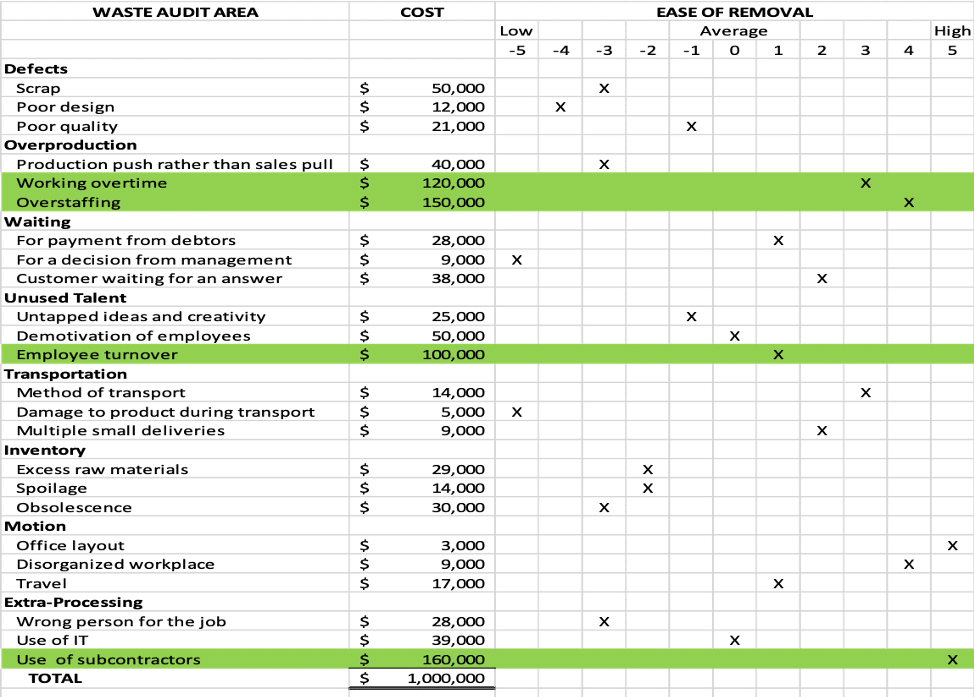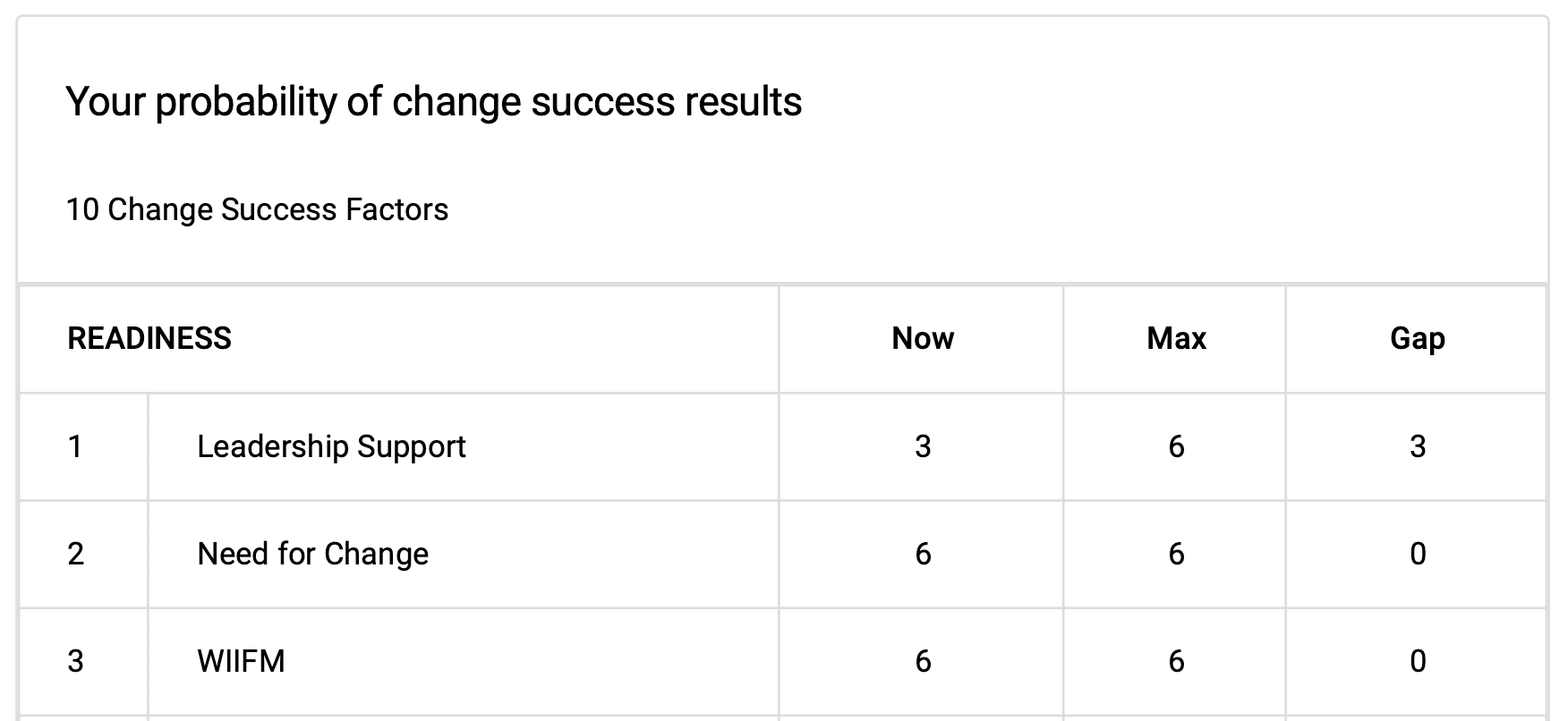From utilities and interest expense to executive salaries and insurance, many overhead costs have skyrocketed over the last few years. Some companies have responded by passing along the increases to customers through higher prices of goods and services. Is this strategy right for your business? Before implementing price increases, it’s important to understand how to allocate indirect costs to your products. Proper cost allocation is essential to evaluating product and service line profitability and, in turn, making informed pricing decisions.
Defining overhead
Overhead costs are a part of every business. These accounts frequently serve as catch-alls for any expense that can’t be directly allocated to production, including:
- Equipment maintenance and depreciation,
- Rent and building maintenance,
- Administrative and executive salaries,
- Interest expense,
- Taxes,
- Insurance, and
- Utilities.
Generally, indirect costs of production are fixed over the short run, meaning they won’t change appreciably whether production increases or diminishes.
Calculating overhead rates
The challenge comes in deciding how to allocate these costs to products using an overhead rate. The rate is typically determined by dividing estimated overhead expenses by estimated totals in the allocation base (for example, direct labor hours) for a future time period. Then, you multiply the rate by the actual number of direct labor hours for each product (or batch of products) to establish the amount of overhead that should be applied.
In some companies, the rate is applied companywide, across all products. This might be appropriate for organizations that make single, standard products over long periods of time. But, if your product mix is more complex and customized, you may use multiple overhead rates to allocate costs more accurately. If one department is machine-intensive and another is labor-intensive, for example, multiple rates may be appropriate.
Handling variances
There’s one problem with accounting for overhead costs: Variances from actual costs are almost certain. There are likely to be more variances if you use a simple companywide overhead rate, but even the most carefully thought-out multiple rates won’t always be 100% accurate.
The result is large accounts that many managers don’t understand and that require constant adjustment. This situation creates opportunities for errors — and for dishonest people to commit fraud. Fortunately, you can reduce the chance of overhead anomalies with strong internal control procedures, such as:
- Conducting independent reviews of all adjustments to overhead and inventory accounts,
- Studying significant overhead adjustments over different periods of time to spot anomalies,
- Discussing complaints about high product costs with nonaccounting managers, and
- Evaluating your existing overhead allocation and making adjustments as necessary.
Allocating costs more accurately won’t guarantee that you make a profit. To do that, you have to make prudent pricing decisions — based on the production costs and market conditions — and then sell what you produce.
For more information
Cost accounting can be complex, and indirect overhead costs can be difficult to trace. Our accounting professionals can help you apply a systematic approach to estimating meaningful overhead rates and adjusting them when necessary. We can also evaluate pricing decisions and suggest cost cutting measures to combat rising costs.
© 2023










